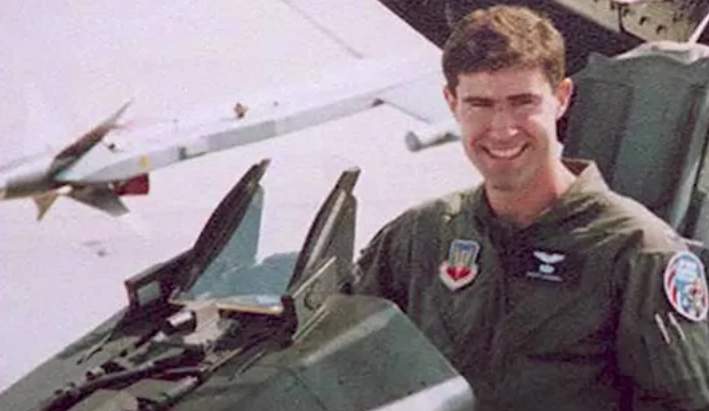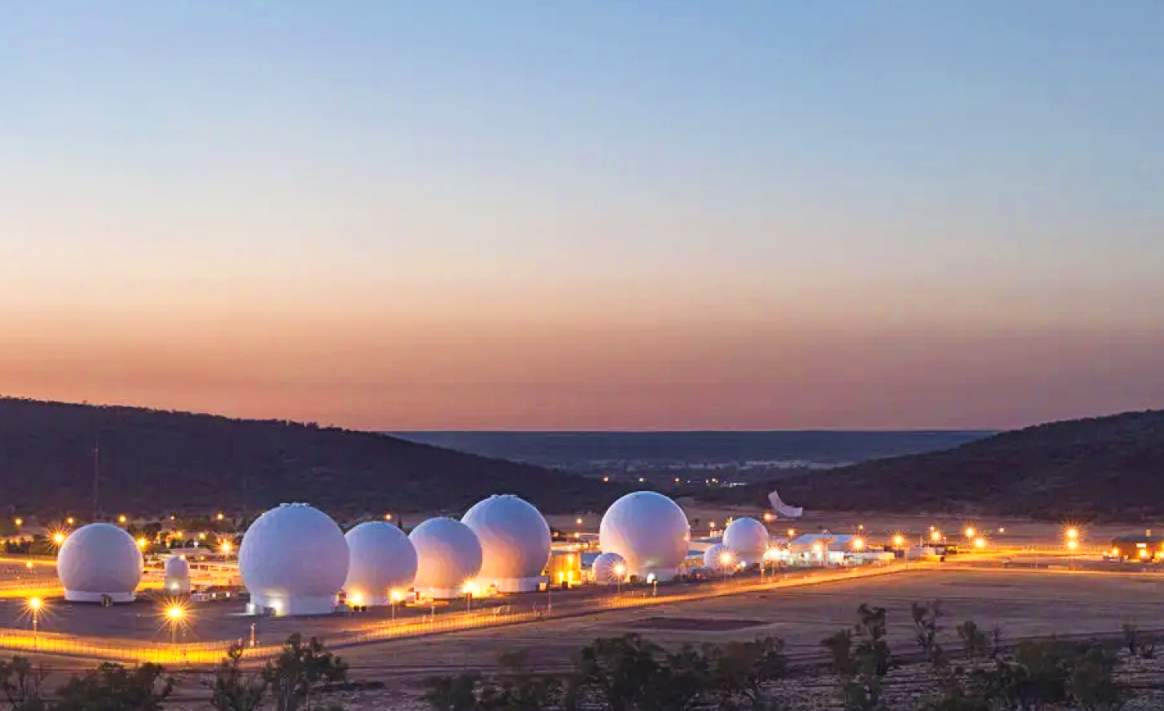The NSA Search to Save a US Fighter Pilot Behind Enemy Lines
Listen to David Rosenberg’s podcast | True Spies: Searching for the Soldier
As fighter pilots know, not all of the action involves dogfights in the sky. David Rosenberg’s story takes us back to 1995 and an incredible National Security Agency (NSA) rescue operation to find a US Air Force pilot trapped behind enemy lines in the former Yugoslavia.

A surface-to-air missile slammed into Captain Scott O'Grady’s F-16 while he flew a NATO mission over Bosnia; splitting his jet in two as it burst into flames. O’Grady ejected safely, but the clock was ticking. He’d landed in enemy territory and O’Grady knew he’d soon be hunted down.
“The forces that shot him down, they would have certainly had a very good idea of where he would have ejected and they would have mobilized very, very quickly to get him on the ground,” David Rosenberg, a former NSA signals intelligence analyst at Pine Gap, Australia, told SPYSCAPE’s True Spies podcast.
The NSA was on the front line in the search to locate O’Grady and help bring him back home, a mission-critical operation and one of the most remarkable events of Rosenberg’s 23-year NSA career in the shadows.
While Pine Gap may be thousands of miles away from the US in Australia's Northern Territory, the golf ball-shape structures and warehouses house the crème-de-la-crème of US surveillance equipment and hundreds of staff trained to collect electronic signals intelligence from far-flung countries.
"The brand new social experience where you activate your gaming skills as you train like a spy."
- TimeOut
Take on thrilling, high-energy espionage challenges across different game zones.



True Spies: The NSA search for Basher Five-Two
On June 2, 1995, the US military and NSA were mobilizing their considerable powers to save O'Grady’s life. Pine Gap was tasked with searching for O'Grady’s distress signal under his call sign, a name pilots use so they don’t reveal their identity or rank.
“Basher Five-Two, that was his call sign,” Rosenberg said. “Various pilots will choose a call sign for themselves. We've seen that in movies with Top Gun, with Tom Cruise and Maverick.”
The plan involved using the US government’s orbiting satellites to gather signals, then use radio waves to send that intel to antennas on the Earth where Pine Gap staff analyze data in warehouses lit up inside like Christmas trees with blinking lights.
By June 6, 1995 the NSA had been searching around the clock for four days, however. There was no sign yet of Basher Five-Two. Nerves were frayed.
“Each hour goes by that the pilot is shot down, you're waiting for that signal to transmit. You're waiting and waiting to get some kind of confirmation that he was still alive,” Rosenberg said.

Laying low in enemy territory
Even if O’Grady had survived the fall, the NSA knew his chances were slim. The Yugoslav Republic was disintegrating in the 1990s as territories within the Republic sought independence. The Serb, Croat, and Muslim populations were at war. Nato were sending in pilots to enforce a no-fly zone as part of Operation Deny Flight.
O’Grady’s adversaries were likely equipped to intercept a distress signal if the US pilot used his emergency transmitter on the ground, alerting them to his location. Perhaps O’Grady had decided his best option was to lay low, cover his face with mud, and start collecting rainwater, dew, and edible ants in order to survive. The NSA would have to be patient.
“We did feel a personal connection to O'Grady. It wasn't like the signals that we typically see, which are simply electronic signals… When you're looking for a person that really changes the game,” Rosenberg told True Spies. “Was he killed? Was he captured? Did his transmitter fail? We simply didn't know.”
Listen to the rest of Rosenberg’s tale on SPYSCAPE’s True Spies podcast.
SPYSCAPE+

Join now to get True Spies episodes early and ad-free every week, plus subscriber-only Debriefs and Q&As to bring you closer to your favorite spies and stories from the show. You’ll also get our exclusive series The Razumov Files and The Great James Bond Car Robbery!


Gadgets & Gifts
Explore a world of secrets together. Navigate through interactive exhibits and missions to discover your spy roles.
Your Spy Skills
We all have valuable spy skills - your mission is to discover yours. See if you have what it takes to be a secret agent, with our authentic spy skills evaluation* developed by a former Head of Training at British Intelligence. It's FREE so share & compare with friends now!
* Find more information about the scientific methods behind the evaluation here.


Stay Connected
Follow us for the latest
TIKTOK
INSTAGRAM
X
FACEBOOK
YOUTUBE